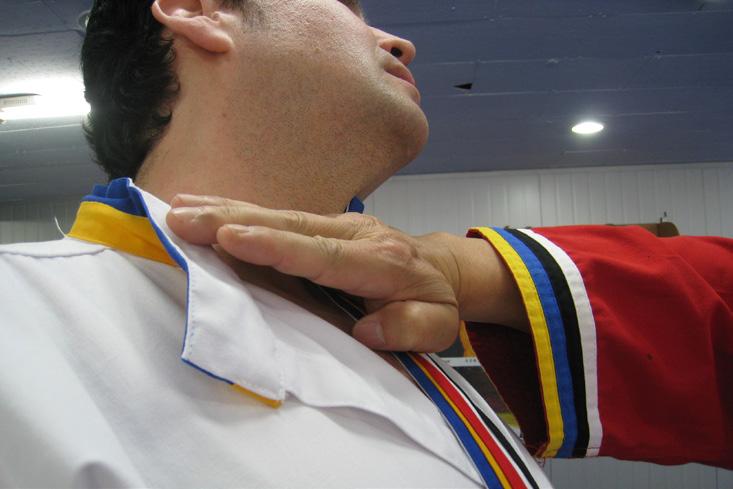
10 minute read
GM WONG-HO SMASTER Guy E. Larke
GM WONG-HO
Exit Casanova Wong...
Advertisement
Enter Wong-Ho By Master Guy E. Larke
The HK action genre was truly a famous (or from others points of view, infamous) period in motion picture history. It affected film making, particularly action film making, in ways that can never be fully described. A few legends emerged from that era, yet sadly the majority seemed to disappear as fast as they came. Among the plethora of forgotten heroes was a Korean Taekwondo expert nicknamed Casanova Wong by his publicists. Wong burst onto the scene in 1977 in the highly successful “Shaolin Plot” and put out hit movie after hit movie for nearly a decade before returning back to Korea. While in HK he was privileged enough to work under the legendary Sammo Hung and still considers him an inspiration to this day. In Korea he continued his reign in action films and even performed in dramas to expand himself as an actor. In addition, he began a career in directing and producing his own films. Eventually, as in HK, even Korean stars can quickly vanish into the recesses of history. It was during this period he formulated his own synthesis of martial and cultural arts which he named Cheon Ji Muye Do (literally Heaven and Earth Martial Arts).
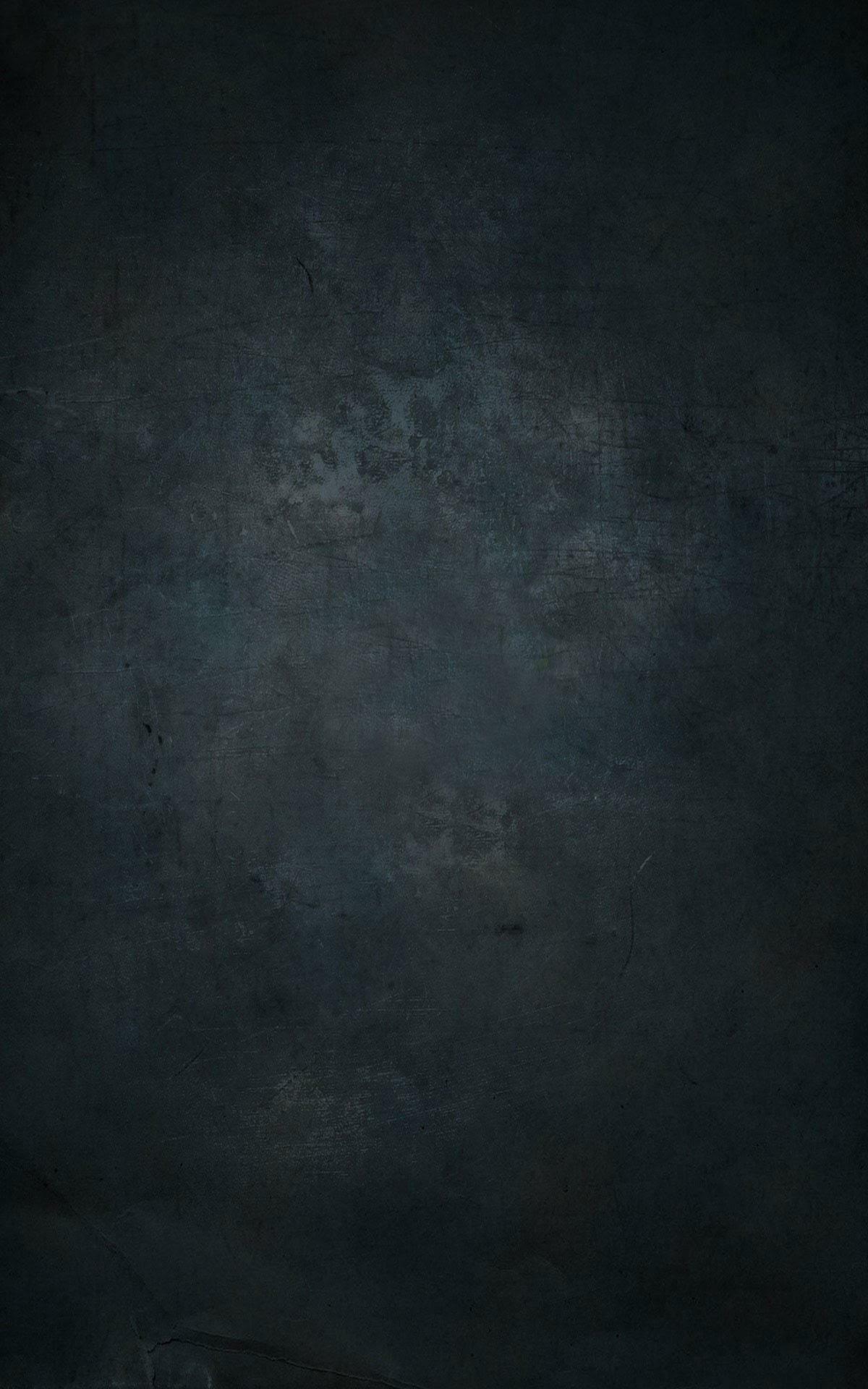
For me it was a chance encounter at a large bookstore in Seoul in August of 2006 as I found an unusual book that was part HK photo album, part martial arts textbook, and part biography. The back cover showed a large poster for the classic HK film Warriors Two in which he appeared with Sammo Hung. I was intrigued and after a few hours on the internet my wife was able to connect with him over the phone. Shortly thereafter we met in the port city in Ulsan. 16 years later I am sitting in a café with Grandmaster Wong-Ho discussing our training together, his life in movies and the future of Cheon Ji Muye Do.
Larke: Do you think if you were discovered by someone else (other than Golden Harvest) you would have had a different experience in HK?
Wong-Ho: Obviously it would have taken me much longer to get the top. If you want to succeed you had better just go straight to a big company.

Larke: How important was it to be in the right projects in the HK movie industry? Did it matter?
Wong-Ho: Most of my movies were made by Golden Harvest and directed by Huang Feng. They did nothing “small.” Whenever I considered a new project, I looked at the set and the kind of money being invested. GH was always top notch. If I went me with a smaller company, I looked at whom the director was and the role in which I would take on.
Larke: What were a few of your most memorable moments in HK?
Wong-Ho: The very first day I arrived in HK they had a large welcome dinner for me at an expensive hotel. Afterwards I walked out into the streets and looked up and around me at the busy streets and buildings and thoughts came flooding through my head about my home and starting the rest of my life there. I still feel like it was so short of a time ago.
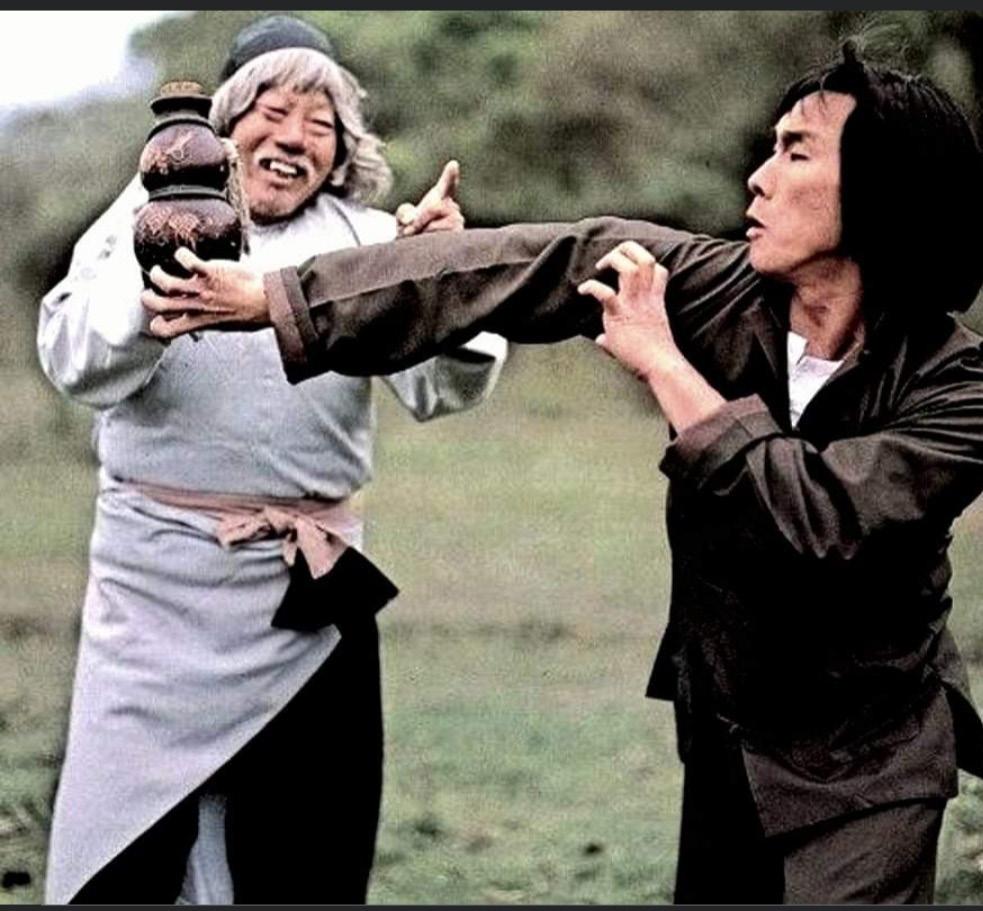
Larke How did you meet Sammo Hung? How important is he to you?
Wong-Ho: In my very first movie in HK, Sammo was the fight choreographer. Because he was, and still is, such a great choreographer, I was able to discover my latent talents and express what I wanted to on screen. In part he created Casanova Wong. So many people attack him out of petty jealousy. I have nothing but admiration for him. He worked hard to get where he is now.
Larke: How did that period of your life affect you as a martial artist? How much Chinese influence is there in your current art?
Wong-Ho: As I was in HK I developed far more in my training as I had to study various Kung Fu styles, Judo, etc. Once again Sammo Hung played a role in my education and in doing so helped me advance spiritually as well as technically. If I connected with someone who wasn’t as mature or spiritually “together” as him I wouldn’t be the man I am today. It’s the same with everyone. The kind of people you meet affects who you become. As far as influences, Korean styles used a lot of kicking techniques, while Chinese used a wide variety of hand techniques. Basically, I tried to take what I felt was the optimum combination of both nations’ arts, plus I added aspects needed for movie choreography and even for the streets. In addition, I added a very unique form of meditation, a systemized set of breathing exercises, calligraphy-based movements for weapons and ceramic making exercises to assist in joint locks and blocking.
Larke: What were the best and worst parts of being in the golden age of martial arts movies?
Wong-Ho: The best part was that since I was young, I was in my prime. I could express myself 100% then. As I was in films, in a way I am eternally young. I can’t do some of those techniques anymore. I’m not 25. But I can always look at myself on film and use it as an instructional tool. As far as the worst part? Nothing. People by and large never appreciate what they have, but if they honestly look back later, they would be

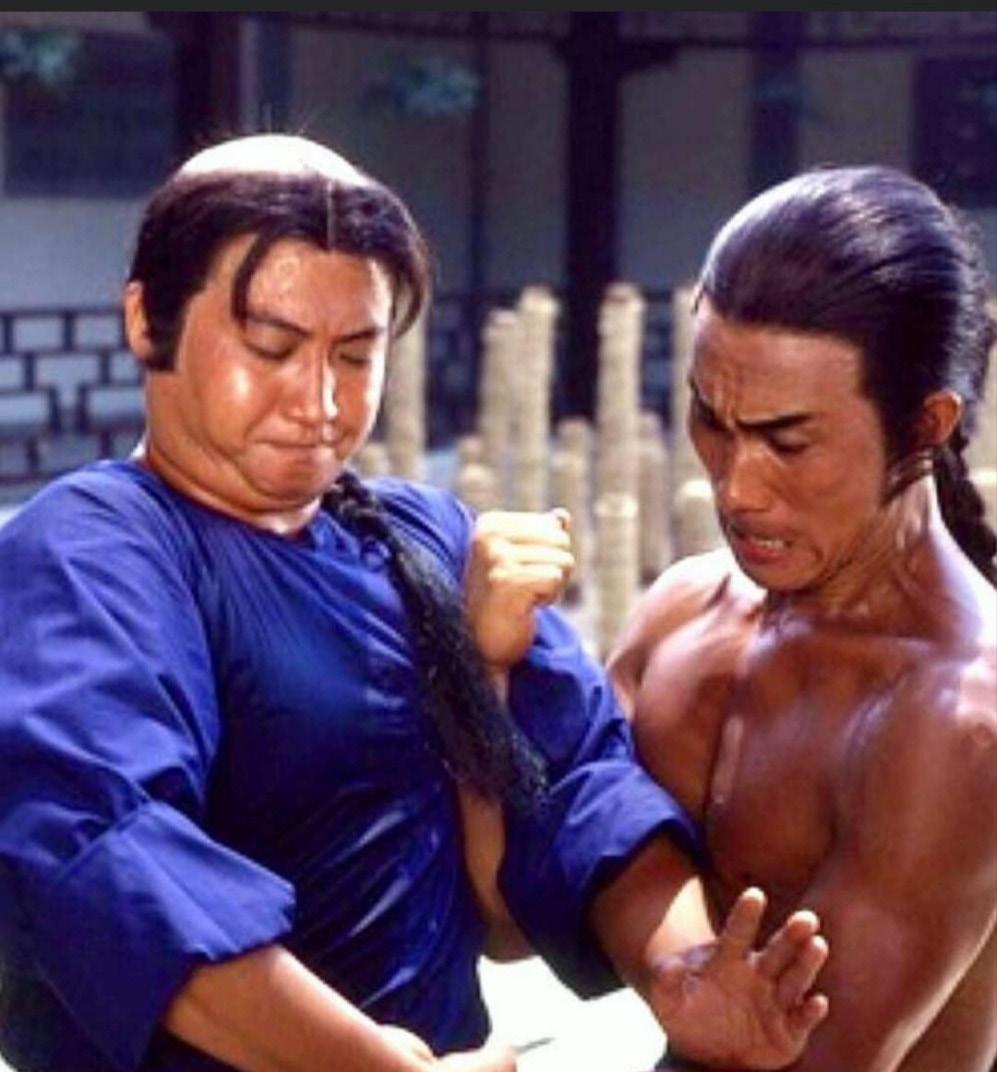
appreciate what they did have. This generation doesn’t appreciate what they have. Ordinary people never had the chance to be in movies so everything they say is hearsay. I can prove what I say though.
Larke: Why did you finally go back to Korea?
Wong-Ho: When I was in HK I was preparing for my debut as a movie director. Korea had four seasons and a wider variety of scenery. Also, at that time it was much cheaper to make a movie there. Sadly, HK was very limited in size and variety of locations. Interestingly enough, I shot movies in Korea, but they were released in HK. From HK they reached the world.

Larke: Do you ever regret that decision?
Wong-Ho: None. Although I do admit sometimes my mind drifts that way as I actually had plans of moving to America when I was young rather than back to Korea. Once again, so much depends on who you meet.
Larke: If you stayed just a few more years in HK, where do you think you’d be now?
Wong-Ho: As an actor or a director perhaps I would have developed more, but as a human being? I don’t think so. I experienced a lot of hardships after I returned. On the positive side it allowed me to develop my art, my philosophy, and my action festivals and create Asia’s first action movie university major.
Larke: When did you start teaching? What exactly did you instruct?
Wong-Ho: About six years ago at Han-Min University here in Korea after developing Cheon Ji Muye Do. In 2010 I became the head professor for the Action Movie major there as well. This puts me closer to ultimate goal of building my own martial arts university and martial arts village.
Larke: Did you have any favorite or famous students?
Wong-Ho: Really… none. All my students are my favorites. Larke: In the early days what was different about HK vs. Korean films? Which was better?
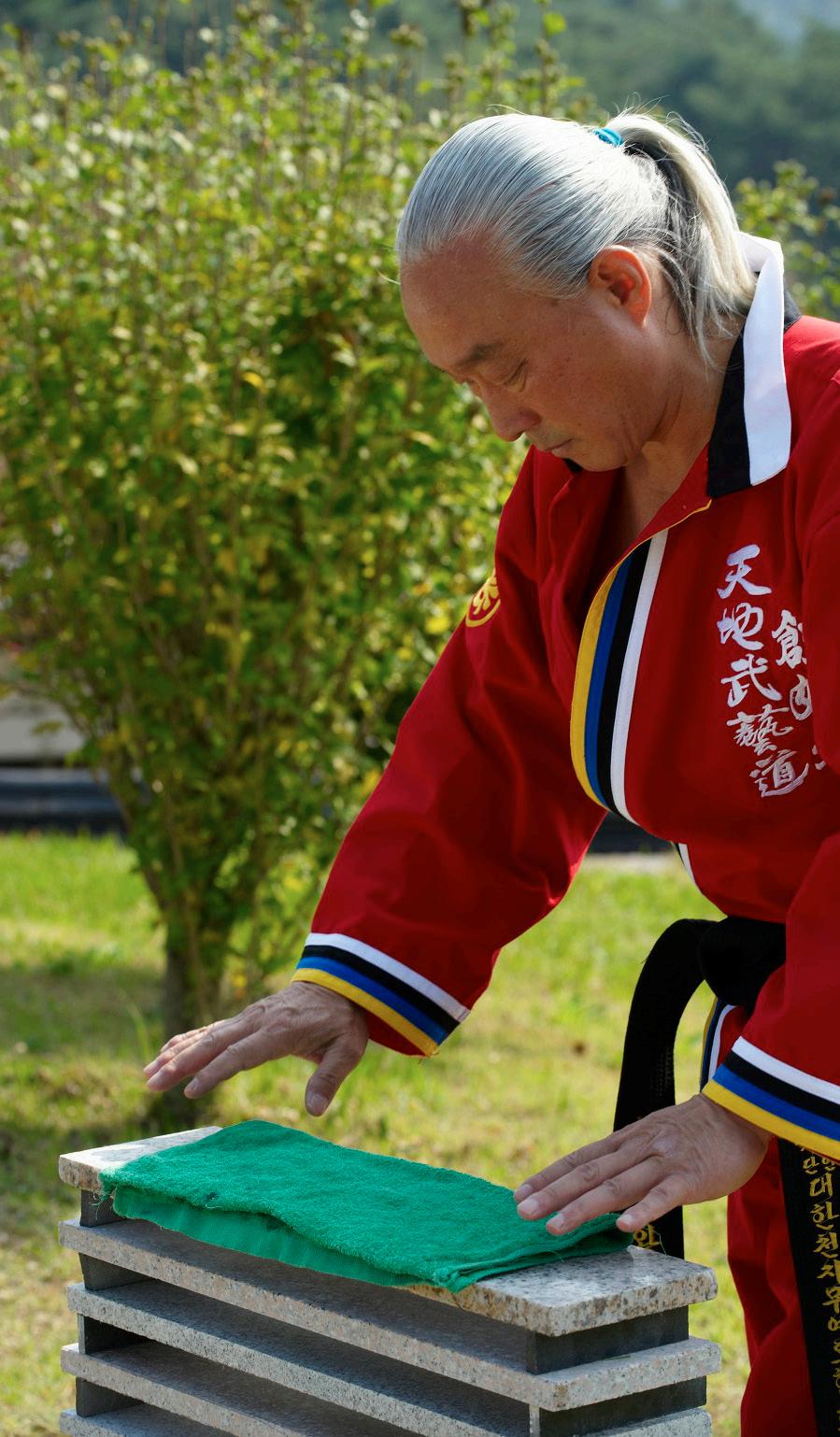
Wong-Ho: In the HK movies everyone was ready to shoot from day 1 so they were able to make high quality films. In Korean films the actors and actresses were usually not ready so the action was terrible. An additional factor was that Golden Harvest invested a lot of money which affected the end result and allow then to become international. Directors have to understand action to make a proper film. Also, the performers have to be able to fight or don’t bother.
Larke: When and why did you start Cheon Ji Muye Do?
Wong-Ho: I was scouted when I was in the Korean Marine TKD demonstration team. What I did at demonstrations wasn’t really suitable for the screen. But on film I could better show the true beauty of Korean kicking techniques. As far as why, that is why I created Cheon Ji Muye Do. To create aesthetically pleasing as well as efficient techniques that work well on film as well as on the street. Films always demand new ideas and new techniques. That is Cheon Ji Muye Do. I was always thinking about it, ever since I started films in HK. As a formulized system it goes back to 2004.
Larke: Why did you start the World Action Film Festivals?
Wong-Ho: This has been something I have been thinking about for a long time. Korea has never had anything exclusively dedicated to this. As an action star I was wasn’t pleased about this. Once I was able to actually do
something about it I was able to up the game of Korea’s action stars. It is even good for founders of various systems. Basically, showing how unknown styles could look good on the big screen and why.
Larke: What did you learn from hosting such an event?
Wong-Ho: There was a lot of bad mouthing about it the first year so many of my fellow martial artists and actors felt uncomfortable to attend. I had to brush it off. This year however many people actually came and saw how it was a win-win situation for everyone involved. Next issue we will continue this interview.
Next is Master Guy Edward Larke has dedicated his life to the pursuit of the martial arts, Asian culture, and hoplology. It led him to Korea in 2000, and he now lives in Bundang with his wife, Gi-Ryung, and son, Alexander. He holds black belts in several martial arts including Tae Kwon Do, Hapkido, Taekgyeon, Bon Kuk Kumdo, Karate-do, Teuk Gong Moo Sool and Wushu. Currently, he teaches a number of Korean disciplines and Kisa-Do Muye (his art) in addition to writing for various magazines and running Kisa-Do Muye & Marketing. He can be contacted at kisadomuye@gmail. com.
Films (as listed in Wikipedia) (This is a partial list of films.)
Gate of Destiny (1974) Secret Envoy (1976) The Martialmates (1976) The Shaolin Plot (1977) – Monk The Iron Fisted Monk (1977) – Shaolin disciple [4] Four Masters (1977) Golden Gate (1977) Righteous Fighter (1977) Enter the Invincible Hero (1977) – Master Pang Lone Shaolin Avenger (1978) The Legendary Strike (1978) – one of Yun`s man Warriors Two (1978) – Cashier Wah Game of Death (1978) – Lau Yea Chun The Shaolin Fighter (1978) – See Pak Strike of Thunderkick Tiger (1978) – Monkey The Magnificent (1979) – Thunder Leg Duel of the 7 Tigers (1979) The Story of Drunken Master (1979) – Chi Wai Rivals of the Silver Fox (1979) Wonderman From Shaolin (1979) Avenging Boxer (1979) – Wo Pa Fong The Monk`s Fight (1979) – the Big Boss My Kung Fu 12 Kicks (1979) The Master Strikes (1980) – Tseng Tientu Kung Fu Kids Break Away (1980) – Eagle Fire Lord (1980) The Wonderful Hong Kong (1980) Master Killers (1980) Game of Death 2 (1981) – Billy Lo`s Korean challenger (Archive footage from GAME OF DEATH) Enter the Invincible Hero (1981) – Pang (Also footage from THE MAGNIFICENT) In the Claws of CIA (1981) – Johnny Wong Seven Finger Kung Fu (1981) Blow Up (1982) - Hung Bruce Lee Strikes Back (1982) – Cheng`s Brother Jin hu men (1982) Warriors of Kung Fu (1982) – Yu Yung My Name is Twin Legs (1982) Sha shou ying (1982) – Johnny Wong Duel to the Death (1983, fights the flying ninjas) South Shaolin VS North Shaolin (1984) Rocky`s Love Affairs (1985) Golden Destroyer (1985) Sword of Evil Power (1985) Kickboxer the Champion (1990) Telepathy Adventure (1991) Blues of Chongro (1994) Blood Mafia (1994) Faster (2003)






